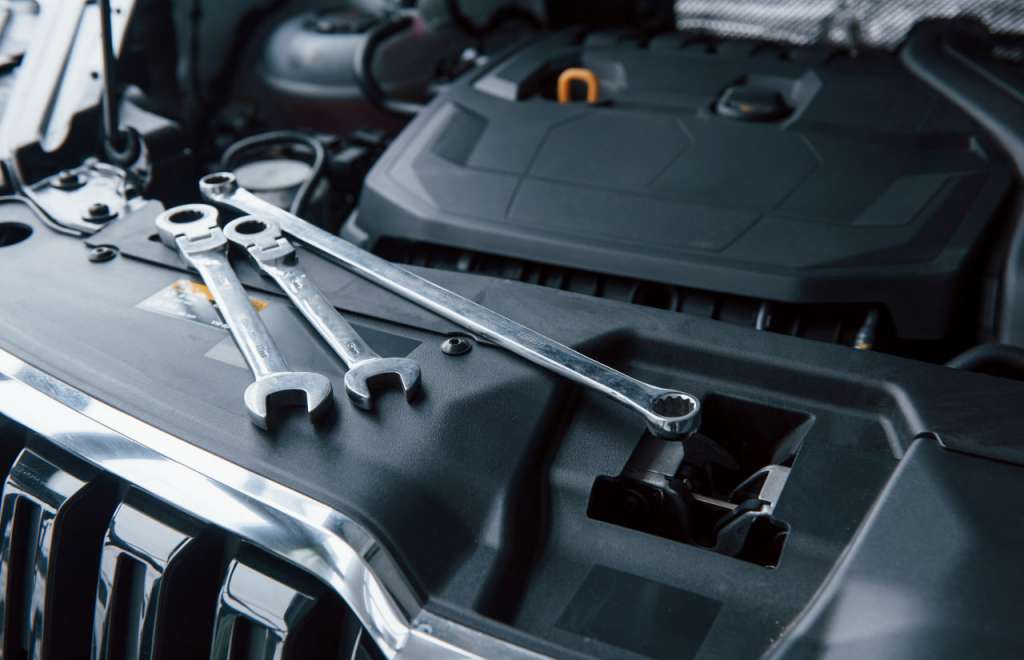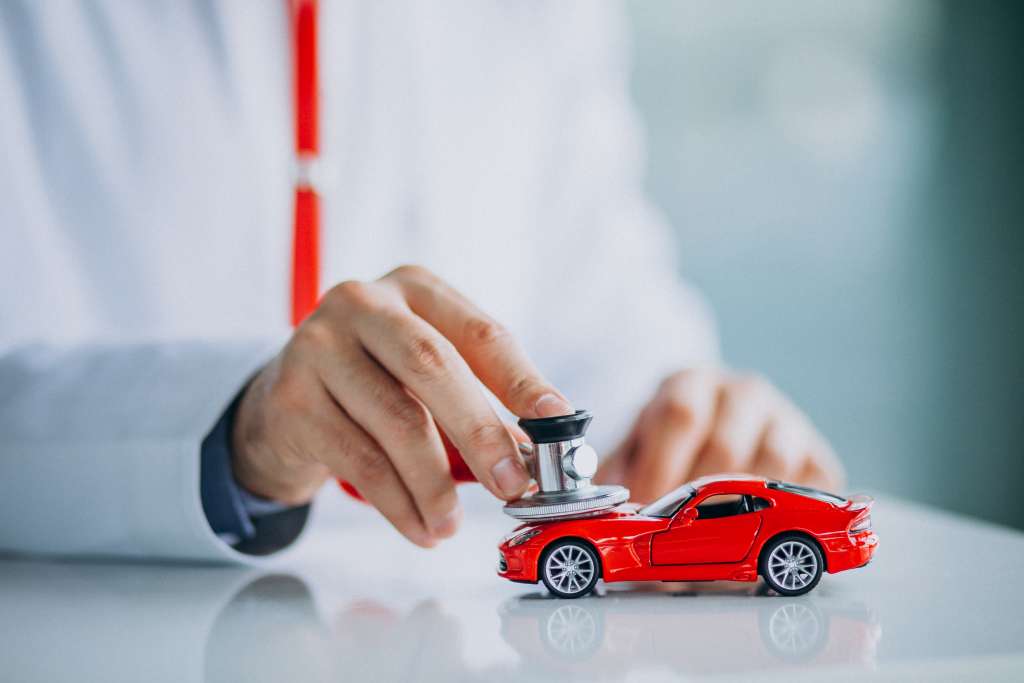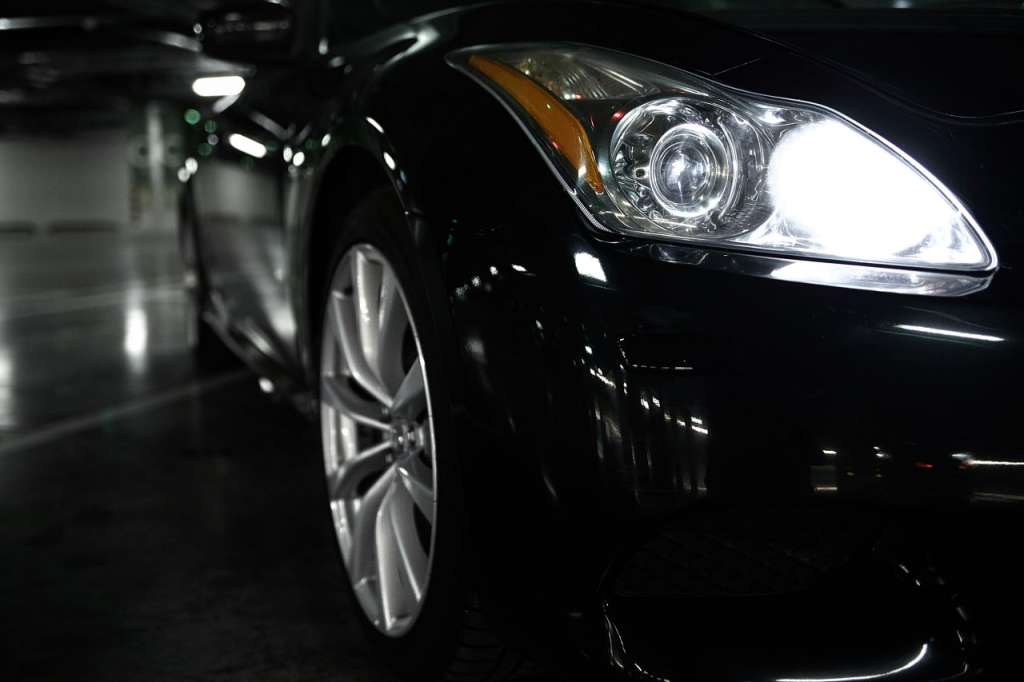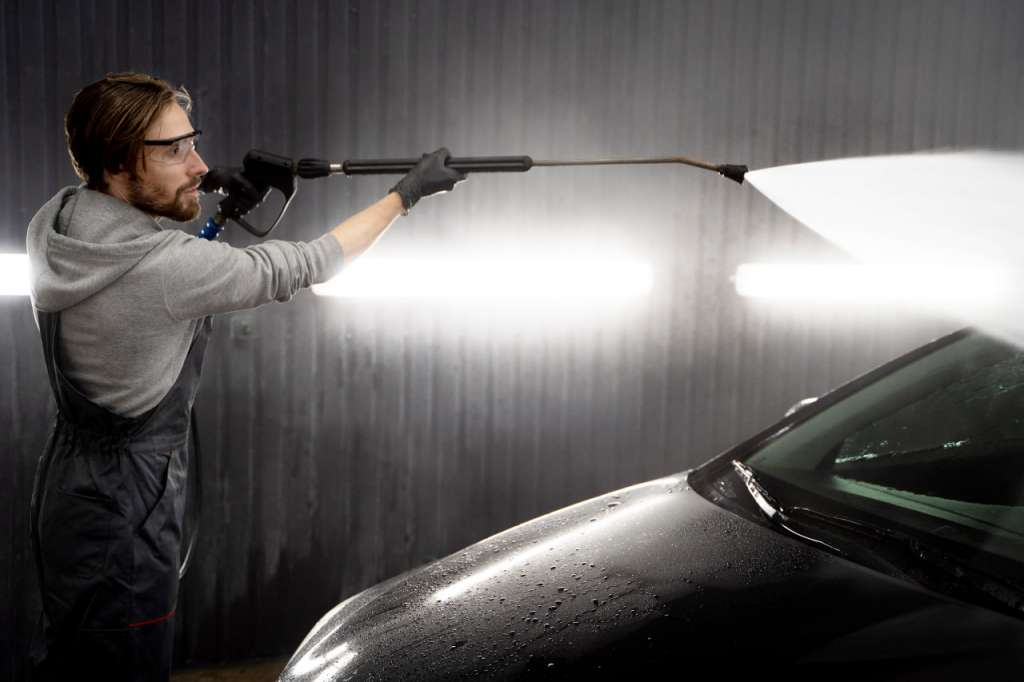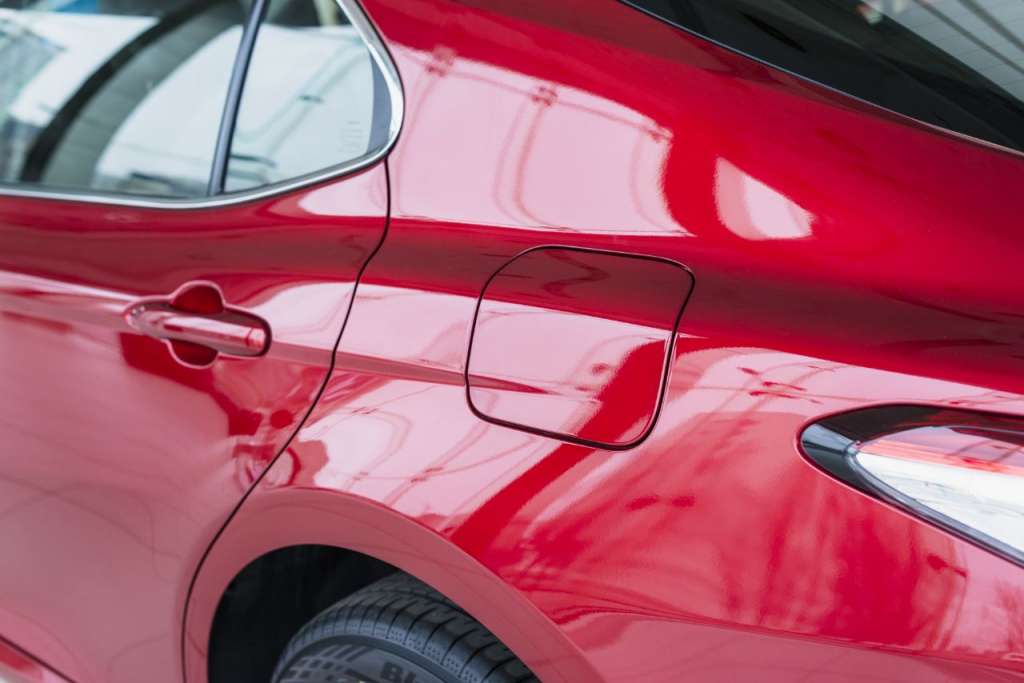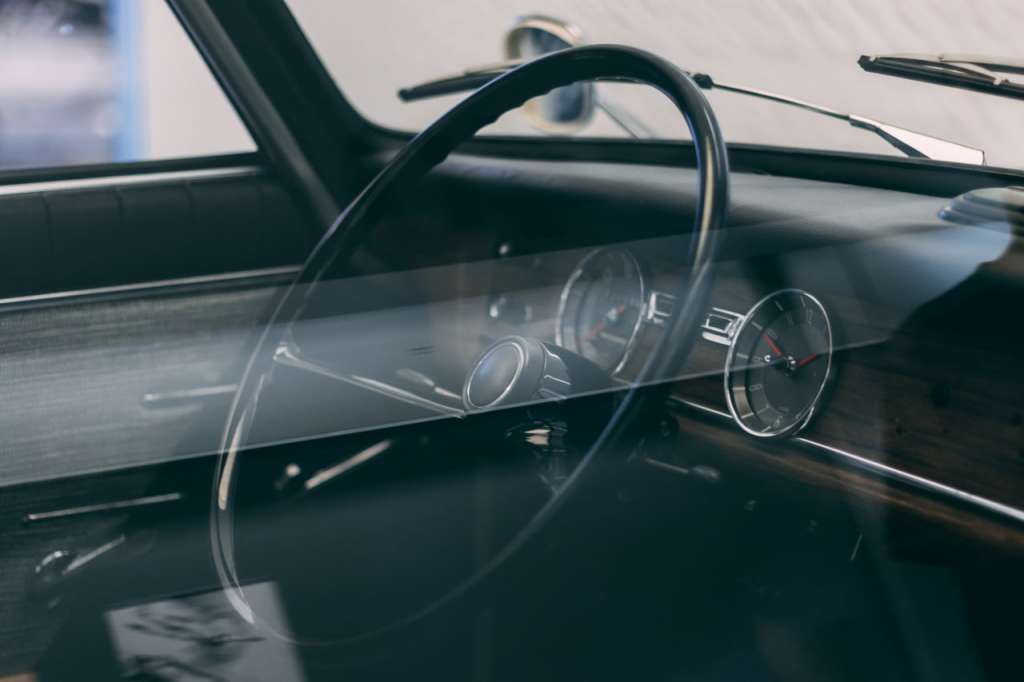In recent times, fraudsters and criminals in Ukraine`s car market have become increasingly active. More stolen cars are appearing for sale, and potential buyers must be extremely careful to avoid a multitude of serious problems later on—confiscation being one of the lesser worries, with criminal proceedings also a possibility.
Given the widespread use of the Internet and information technology, it’s also not easy for criminals to sell a stolen vehicle. Anyone can look up the history, specifications, and even personal details of previous owners online.
The only recourse for criminals is to tamper with the car’s VIN or body number, relying on potential buyers who are attracted by very low prices and do not delve deeply into the matter. Unfortunately, inattentiveness and the allure of a "free lunch" are traits to some extent in all of us, which fraudsters exploit.
Also read: Are the Body Number and VIN the Same Thing, or Not?
Tampered VIN: Main Signs
Despite criminals' efforts to make their work look flawless, certain signs can help you identify a tampered VIN. These include:
-
Factory stamping is done in such a way that all characters are imprinted simultaneously, at the same depth, and at equal intervals. Overall, everything looks uniform. It's impossible to replicate all factory stamping parameters when making changes. You might notice variations in depth or the spacing between characters. A thorough visual inspection of the VIN is your primary tool for identification. Don’t hesitate to use magnifying tools during the inspection—you're not buying a pig in a poke but rather an expensive item of movable property.
-
To check if the body number has been tampered with, try moving the number plate. The attachment will be secure if the part is original, even under significant strain. If there has been a part replacement, it is likely to rattle or move. Don’t just take the seller's word for it if they claim it’s normal for things to come loose—it’s not!
-
Look at the paint. A telltale sign of tampering will be any discrepancy, even a slight one, in the paint's tone on the number and adjacent areas of the engine bay or trunk, depending on where the number plate is located. Criminals try to match the color as closely as possible, but it’s not easy to do and takes a lot of time and effort. Sometimes, they don’t bother, making the differences noticeable even to the naked eye.
-
Poor readability of individual VIN or body number characters. An unscrupulous seller might claim that the digits were damaged accidentally—perhaps a key or hammer fell on them, or the attachment point was accidentally painted over. While not impossible, such a claim should prompt you to conduct a more careful and thorough inspection, up to involving the Ministry of Internal Affairs for expert analysis.
There could be other, less common signs of a tampered VIN. If you have any doubts, it’s wise to consult professionals and use all available tools for authenticity verification.
How to Determine if a VIN Has Been Tampered With
If you have doubts—and even if you don’t—it makes sense to verify the authenticity of the VIN. It’s easy, quick, and inexpensive, so why miss the chance? An honest seller, who has nothing to hide, will have no problem agreeing to this procedure.
Expert Analysis
The simplest, most understandable, and reliable method is to turn to experts. A professional will easily determine whether the VIN has been altered. It’s important that you, as the buyer, choose the expert, not the seller. Sometimes, during negotiations, the seller might suggest an expert evaluation to seem transparent and trustworthy, subtly recommending their own expert. Clearly, the results in such cases would favor the seller, and if you're too trusting, you might end up convinced you’re buying a “clean” car.
Again, experts vary. Avoid those who operate solely through advertisements. They might do a good job, but that’s not guaranteed. Moreover, if the opportunity arises, fraudsters could easily bribe such an “expert.”
The optimal solution would be to turn to the Ministry of Internal Affairs. Their officials can accurately determine if a VIN has been tampered with, and criminals are likely to back out of the deal under such scrutiny.
It’s worth noting that any damage or unreadability of the number’s characters will definitively be recognized by an expert as tampering. Possible scenarios include:
-
Damage due to a traffic accident, in which case other VINs would be factory-standard without signs of forgery;
-
Natural physical wear, which can be relevant for older vehicles. In both cases, the expert will make the determination, and the car owner need not worry about potential criminal proceedings.
Specialized VIN History Verification Services
Currently, there are no direct internet services that can definitively say a number has been tampered with, but it's easy to tell by indirect signs. There are platforms for checking car data, including our service, that allow you to verify a car's history by its VIN. If you opt for the paid version of the report, it provides comprehensive information not only about accidents that might have damaged the symbol combination but also about previous owners. If the last line does not list the seller, then they are either an intermediary (somehow formally authorized, perhaps through a power of attorney) or just a plain fraudster.
A significant advantage of such services is that the potential buyer receives detailed information not only about the VIN but about the car itself, which is a major plus.
Learn also about other ways to check a car's history in articles:
What to Do if the Body Numbers (VIN) Are Tampered With
Whether discovered before or after purchase, the right course of action is to report to the competent authorities. Attempting to conceal tampered body numbers of a car will sooner or later come to light, and then avoiding criminal proceedings will definitely not be possible.
Before purchasing, you might pretend you simply didn't like the car and walk away from the deal, but then someone else, perhaps less vigilant, could become the next victim. Ultimately, the choice remains with the individual.




